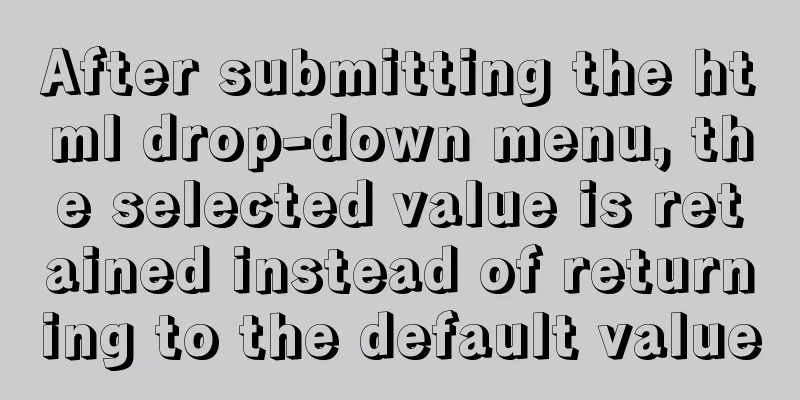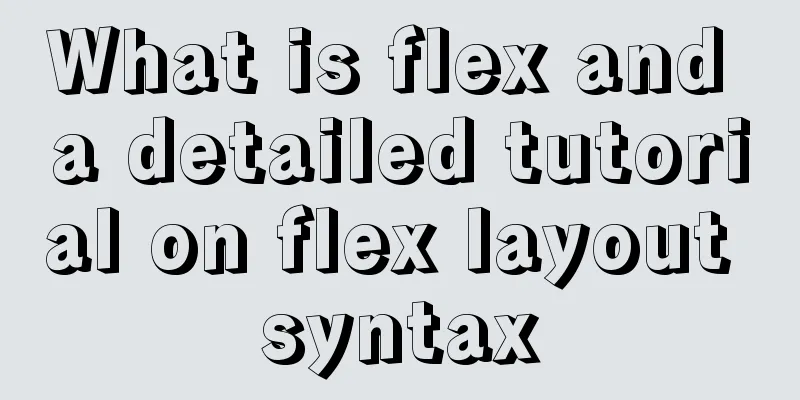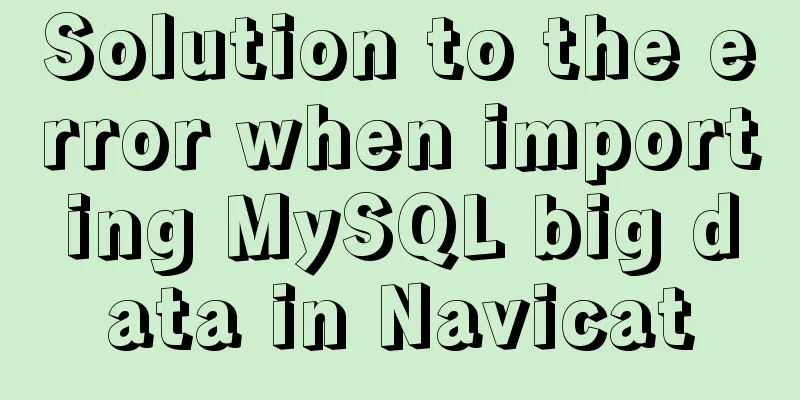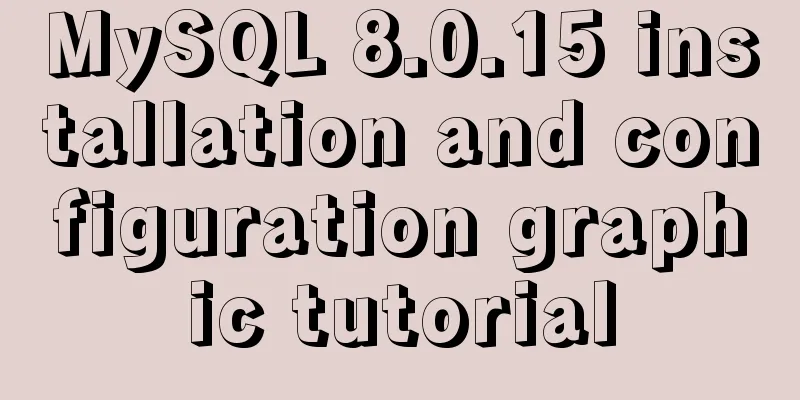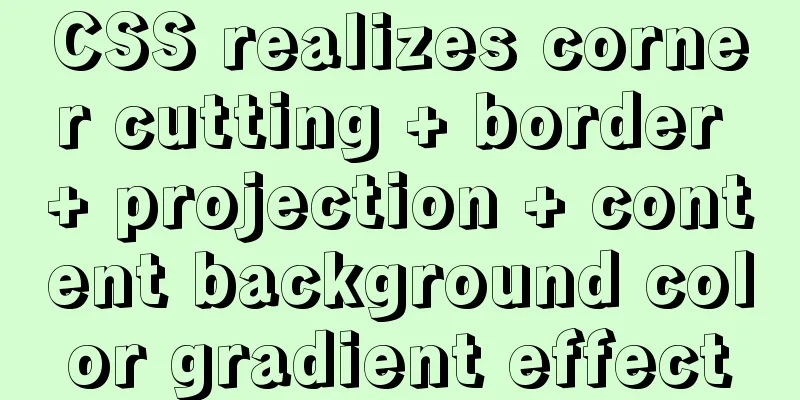Vue+Openlayer realizes the dragging and rotation deformation effect of graphics
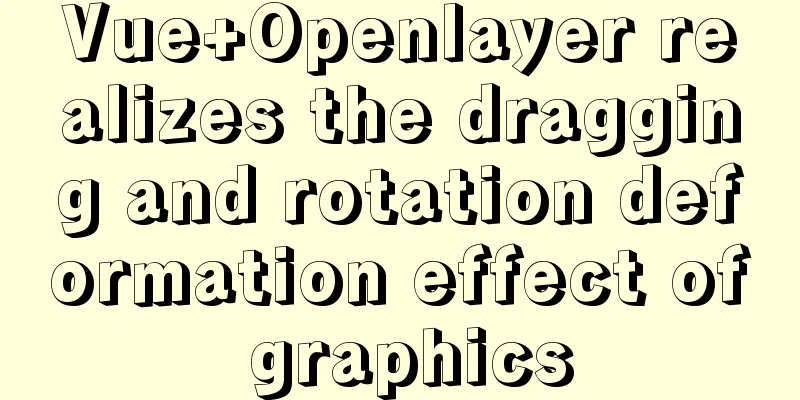
PrefaceOpenlayer has its own extension plug-in ol-ext, which we use here to implement graphics operations: drag, rotate, zoom, stretch, move, etc., as well as its event monitoring. After all, after drawing, we need to save the data to the backend and store it in the database. Related Materials1. ol-ext official address: entrance 2. ol-ext corresponding data address: entry 3.ol-ext source code gitee address: entry 4. Openlayers latest official website: entrance 5. Openlayers official website API: entry Achieve resultsRotate, drag
Figure 1: Implementation effect
Figure 2: Rotation effect
Figure 3: Left and right movement effect Implementation steps1. Introduce openlayers into vue npm i ol --save Attachment: npm downloads the specified version command, you can take it if you need it npm install --save-dev [email protected] 2. Introduce the openlayers extension package ol-ext into vue npm install ol-ext --save Attachment: npm downloads the specified version command, you can take it if you need it npm install --save [email protected] 3. Create a map container <template> <div id="map" class="map"></div> </template> 4. Introduce specific configuration in js, according to your specific changes, I put my own here ol related:
import "ol/ol.css";
import View from "ol/View";
import Map from "ol/Map";
import TileLayer from "ol/layer/Tile";
import Overlay from "ol/Overlay";
import XYZ from "ol/source/XYZ";
import { Vector as SourceVec ,Cluster,Vector as VectorSource } from "ol/source";
import { Feature } from "ol";
import { Vector as LayerVec , Vector as VectorLayer } from "ol/layer";
import { Point, LineString, Polygon } from "ol/geom";
import {
Style,
Icon,
Fill,
Stroke,
Text,
Circle as CircleStyle,
} from "ol/style";
import { OSM, TileArcGISRest } from "ol/source";ol-ext related: import ExtTransform from 'ol-ext/interaction/Transform' 5. Implement the map method:
data() {
return {
map: null,
center: [116.39702518856394, 39.918590567855425], //The longitude and latitude of the Forbidden City in Beijing centerSize: 11.5,
projection: "EPSG:4326",
}
}
mounted() {
this.initMap()
}
methods: {
//Initialize the map initMap() {
// Render the map var layers = [
//Dark blue background// new TileLayer({
// source: new XYZ({
// url:
// "https://map.geoq.cn/ArcGIS/rest/services/ChinaOnlineStreetPurplishBlue/MapServer/tile/{z}/{y}/{x}",
// }),
// }),
// Initialize background // new TileLayer({
// source: new OSM(),
// })
new TileLayer({
title: "Street Map",
source: new XYZ({
url: "http://localhost:8888/haoxing-map/sosomaps/roadmap/{z}/{x}/{y}.jpg", //zwh local use}),
}),
];
this.map = new Map({
layers: layers,
target: "map",
view: new View({
center: this.center,
projection: this.projection,
zoom: this.centerSize,
maxZoom: 17,
minZoom: 8,
}),
});
},6. Add polygon data to the map
mounted() {
this.initMap()
this.createPolygon()
},
methods: {
//Create a polygon createPolygon() {
//Add a layer and set the point range const polygon = new Feature({
geometry: new Polygon([
[
[116.39314093500519,40.0217660530101],
[116.47762344990831,39.921746523871924],
[116.33244947314951,39.89892653421418],
[116.30623076162784,40.00185925352143],
]
]),
})
//Set style polygon.setStyle(new Style({
stroke: new Stroke({
width: 4,
color: [255, 0, 0, 1],
}),
}))
//Add the graphics to the map this.map.addLayer(new VectorLayer({
source: new VectorSource({
features: [polygon],
}),
}))
},
}7. Add specific operation methods and effects to the map
mounted() {
this.initMap()
this.createPolygon()
this.onEdit()
},
//Operation event onEdit() {
const transform = new ExtTransform({
enableRotatedTransform: false,
hitTolerance: 2,
translate: true, // drag stretch: false, // stretch scale: true, // scale rotate: true, // rotate translateFeature: false,
noFlip: true,
// layers: [],
})
this.map.addInteraction(transform)
//Start event transform.on(['rotatestart','translatestart'], function(e){
// Rotation
let startangle = e.feature.get('angle')||0;
// Translation
console.log(1111);
console.log(startangle);
});
//Rotation transform.on('rotating', function (e) {
console.log(2222);
console.log("rotate: "+((e.angle*180/Math.PI -180)%360+180).toFixed(2));
console.log(e);
});
//Move transform.on('translating', function (e){
console.log(3333);
console.log(e.delta);
console.log(e);
});
//Drag event transform.on('scaling', function (e){
console.log(4444);
console.log(e.scale);
console.log(e);
});
//Event end transform.on(['rotateend', 'translateend', 'scaleend'], function (e) {
console.log(5555);
});
},This is the end of this article about Vue+Openlayer to achieve the dragging and rotation deformation effects of graphics. For more related Vue Openlayer content, please search 123WORDPRESS.COM's previous articles or continue to browse the following related articles. I hope everyone will support 123WORDPRESS.COM in the future! You may also be interested in:
|
<<: Detailed explanation of MySQL DEFINER usage
>>: Linux Operation and Maintenance Basic System Disk Management Tutorial
Recommend
Alibaba Cloud Server Tomcat cannot be accessed
Table of contents 1. Introduction 2. Solution 2.1...
Detailed explanation of the six common constraint types in MySQL
Table of contents Preface 1.notnull 2. unique 3. ...
Detailed explanation of the implementation process and usage of the Linux Recycle Bin mechanism
Preface: rm under Linux system is irreversible. T...
Summary of Mysql table, column, database addition, deletion, modification and query problems
The following is some basic sql knowledge I have ...
HTML table markup tutorial (14): table header
<br />In HTML language, you can automaticall...
19 MySQL optimization methods in database management
After MySQL database optimization, not only can t...
Linux operation and maintenance basic process management real-time monitoring and control
Table of contents 1. Background running jobs 2. U...
Gradient slide effect implemented by CSS3
Achieve results Code html <div class="css...
Quickly solve the problem of slow and stuck opening of input[type=file]
Why is it that when the input tag type is file an...
About the overlap of margin value and vertical margin in CSS
Margin of parallel boxes (overlap of double margi...
Docker private warehouse harbor construction process
1. Preparation 1.1 harbor download harbor downloa...
Linux directory switching implementation code example
Switching files is a common operation in Linux. W...
vue perfectly realizes el-table column width adaptation
Table of contents background Technical Solution S...
Summary of several common ways to abbreviate javascript code
Table of contents Preface Arrow Functions Master ...
Detailed explanation of the benefits of PNG in various network image formats
BMP is an image file format that is independent o...





